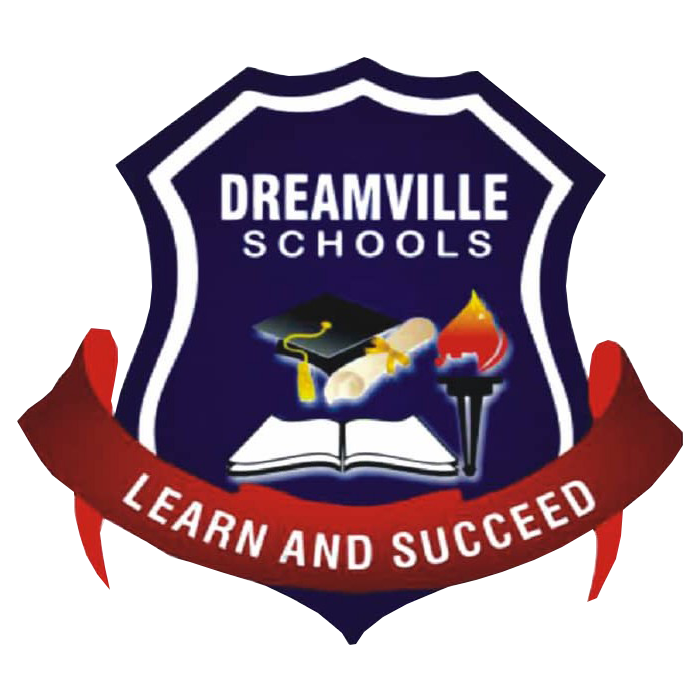As part of the BOLD Summit this week, we share with you three ways in which educational institutions can effectively prepare young people for the future.
The importance of education in today’s world cannot be overemphasized. Thus, if anyone hopes to do have a great job and ultimately, a great career, “going to school” as it is often referred to, is crucial. But in recent times, schools and their delivery of education are being critically evaluated by educators and researchers worldwide. Every day, entrepreneurs, researchers, schools and even governments are thinking of ways to not just create access to education to everyone, but also create an enabling environment that will make education more effective — that is, an education that prepares young people for the future.
This is one of the reasons why The African Leadership University (ALU), was founded. ALU is an institution that is re-imagining how education is delivered in today’s world in an innovative way. It has adopted a learning model of the future that is student-centered and skills based. Below, we share three ways in which educational institutions can effectively prepare young people for the future.
- An innovative and effective way of teaching: The conventional way of learning today was a model that has continually been in existence since the last two centuries which was developed as a result of the emergence of industrialization. The goal was to impart in people the knowledge to be able to become better laborers. Over the years, the conditions became less harsh as teachers started embracing new ways of thinking by allowing students to explore their interests. But this is not yet a universal phenomenon as conditions are still harsh in many places. As the world keeps changing and technology seem to be evolving at a rapid pace, new ways of learning is a must and should be adopted to enable students to lead successful lives in the future. Institutions need to adopt Innovative and effective methods of teaching and learning through leveraging on technology to enhance peer-to-peer and self-paced learning.
2. Bringing the real world into the classroom: There is a gap in the mainstream way of doing education in the sense that it does not provide avenues for students to work on real projects that they will literally be working on when they start full-time jobs. Hence, the disconnect. This is why the issue of graduates not getting jobs is not just an issue of insufficient jobs but it is also an issue of lack of record or portfolio that fresh graduates possess the skills to thrive at a specific job. Universities have to break down barriers between their students and the real world by bringing the real world into the classroom through solving problems for real organizations. Case studies are good but real-world problems are even better as it does not just sharpen the analytical and problem-solving skills of students but it is an opportunity to take risks and try to solve problems you thought you could never do until you have your bachelor’s degree.
3. Missions, not Majors: usually, when you gain admission or get into your second year of studies, you are asked to declare a major. That is the program which you’ll be studying for the next three years so as to prepare you for your job in the future. There is also a gap here as many people end up not working in the field they studied in university. Therefore, to prepare young people for the future, students have to be able to declare a mission for their life and not just choose an academic major. This ensures that students are not being grounded in theories but critically thinking about ways to solve pressing issues around them. This is what we have adopted at ALU in the sense that while students select specific majors that they want to study, they also select a mission that they are passionate about for themselves in which they can thrive at. The missions at ALU are connected to the seven grand challenges facing the African continent. They range from issues around gender inequality to unemployment to climate change. Students passions can be seen from how they engage in class and pick essays to write about. This is how we can prepare them for what is to come in the future.
At the BOLD summit, educators were asked what they would do differently on Monday when they go back to their schools and other places of work. While the conventional way of doing things might look very rigid and hopes of changing the system might seem impossible because of bureaucracy, we have to realize that this is the future and we cannot shy away from it for too long. In the words of Saul Singer, one of the keynote speakers at the BOLD summit, “the real challenge is not trying to change the current system, but creating a model that can become mainstream.” Thus, educational institutions need to start adopting these systems in little ways so they can effectively prepare young people for the future.
This article is credited to : African Leadership University

